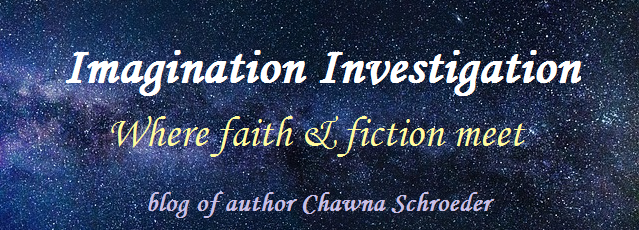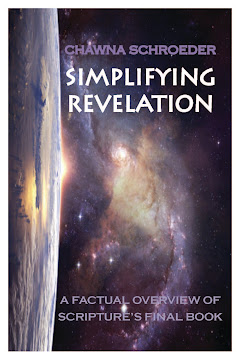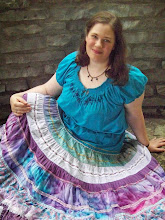It is my belief, as I will explain later on this blog, that good stories are made of two things: excellent content (that which aligns with the Bible) and excellent craft (quality execution of the art). However, it is possible for books to have only one or the other. Therefore, my reviews will consist of four basic parts: a excerpt from the novel, review of the content ("The Story"), review of craft ("The Writing"), and my overall recommendation ("Summary" and "Rating").
The Shadow At Evening, Chapter 2:
That night Merral dreamed in a way he had never thought possible. Normally, if he did dream, all he would remember of it on waking was a short-lived, gentle, and vague memory. But that night his dream was of an extraordinary intensity and unpleasantness.
He was standing alone on a dark, endless sandy beach at the edge of a sullen, night-colored sea, whose slow, heavy waves never broke, but seemed to just crawl up the shore and die before sliding back with a quiet, drawn-out whisper. Somehow, there was something swollen and infected about the sea. The cloudy, sunless sky above was lit with an overcast, tepid yellow light that seemed sickly. In the far distance some dark-winged objects, which he knew were not birds, wheeled and dived ominously.
It seemed to Merral that he stood there for an age, a lone figure looking at a sick sea and a dead sky, watching the oily ebb and flow of the waters. There was an atmosphere of expectancy, a feeling that something was on its way, something impending. It was as though the waves in their slow, lapping decay were saying in words just beyond hearing, "Wait…Wait…Wait…"
Thus are the first signs a world gone amiss for a forester, Merral Stefan D’Avanos, and his friends in Chris Walley’s futuristic novel, The Shadow and Night. Since I originally read this book as it was first printed, as two novels (The Shadow at Evening and The Power of the Night), I will be dealing with it here also in two parts.
The Story: After twelve hundred years of peace beneath the reign of God, evil has breached the world again and the war for survival renewed.
If you are willing to accept this basic premise—a twelve-hundred year "millennial reign" of Christ—the story is thought-provoking, intriguing, and challenging. It paints a compelling portrait of evil’s insidious nature and confronts our own often-complacent attitudes toward it. More than that, it reveals the grace and mercy of God, reminding us that light often shines brightest in the darkest nights.
The Writing: The craft Walley exhibits in part one, The Shadow at Evening, amazed me. It is far above the average for the CBA (Christian Booksellers Association), especially in what I’ve read for young adult fantasy and sci-fiction books.
Beyond a slightly slow start to the book, probably necessary to establish this unfamiliar story world, the plotting is well paced. Not heart-pounding tension, like many books in this genre, but a masterful building of it brick by brick.
Nor will you find this book preachy, like many of the CSFF (Christian science fiction and fantasy) in the young adult market. This, for me, was a great relief and delight, allowing me to engage with the characters fully and enjoy the story itself to the maximum.
That said, the book does have a few flaws. But which books don’t? And Walley’s writing trumps his flaws, most of which aren’t worth mentioning here. He does occasionally fall into long passages of descriptions (multiple paragraphs), so if you’re like me, you might need to skim in spots. On the other hand, if you’re one of the readers that loves every detail spelled out, you’ll probably enjoy these showcases of Walley's grasp of language.
However, for me the most glaring flaw is the prologue. It is a long passage telling how non-earth worlds came to be, and unless you’re fascinated by the science of it, I’d recommend skipping it, as it seems to add little to the story itself. Of course, I could always be wrong.
Summary: This story seems overall biblically sound with no preachiness, extreme violence (only one hand-to-hand combat that results in death which is handled very well), or other offensive material. In addition, the craft is good and the thesis fascinating. Therefore, I highly recommend you take the time to shift through the slow beginning. It’s a worthwhile read for both teens and adults, sci-fi fans and those who aren’t crazy about the genre.
Rating: 4 stars out of 5
Thursday, March 29, 2007
Subscribe to:
Post Comments (Atom)




No comments:
Post a Comment